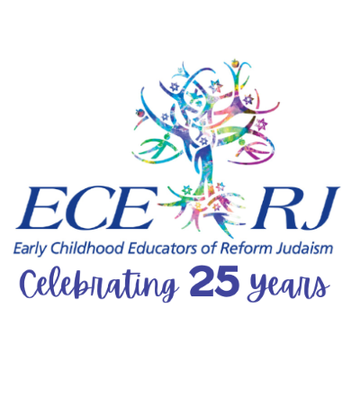
Observation vs. Interpretation: A Cautionary Tale
In science, it is important to distinguish between an observation and an interpretation. Observations are behaviors that are measurable and objective, while interpretations are the conclusions we derive from those observations. Unfortunately, it is easy to confuse the two when the observer knows the people being observed.
What does this mean for early childhood educators? Often, we ask our teachers to observe a child. We use a variety of tools to do so, just like the scientists above. How often, however, are the observations we receive back actually interpretations?
Tammy explains observation to her faculty as ”just the facts.” She wants to see solely observable data. Amy describes observation as “taking dictation.” She recommends approaching the task like a stranger or a videographer, recording behaviors and language only. Either way, we each emphasize the importance of focusing on what we see and hear and NOT what we feel, think or believe.
What can you do to support your teachers in strengthening their observation skills (and perhaps your own)?
Share your own classroom observations with your teachers
Model observing without interpretation. For example, imagine that a teacher asks you to observe a child in the classroom who is disinterested in circle time. When you are in the room, you note, “During circle time, E wrings her hands, rolls on the carpet and makes gasping noises.” You note E’s behavior and make no inferences about the cause or what she is thinking/feeling – this is observation. After sharing the observation with the teacher, brainstorm some accommodations that may help E still her body during circle time. Perhaps you find that with the assistance of a fidget toy or wobble disk, E is able to participate fully in circle time, answering questions and offering her own predictions and expanding comments.
Review teachers’ observations with them
Reading through teachers’ observations with them can help them determine where their observations drift into interpretation. For example, if you receive an observation report from a teacher that includes, “P was angry when L took his toy,” you may ask, “How do you know that he is angry?” or “Describe to me what happened.” Take a moment to record the teacher’s response, which would likely be something along the lines of “L walked to P in the construction corner. She bent down and took the car from P. P’s face became red and his eyebrows furrowed. P made a fist with his right hand and hit the carpet.” The teacher’s description is the observation without interpretation.
Practice
Allow teachers to observe in each other’s classrooms so that they are less likely to jump to conclusions based on their knowledge of the classroom dynamic. Ask two teachers to observe the same small group of children, encouraging them to share their notes to differentiate between observations and interpretations.
These skills are also useful to develop in parents, allowing them to collaborate more effectively with their children’s teachers.
Remember, seeking observable data before interpreting is a valuable skill for all parts of life. For every observation, there are often multiple interpretations. As Jewish educators, we should borrow a page from our knowledge of text study. And, many times, more heads the better!
Tammy Kaiser MSJE, Director
Early Childhood Learning Center
Temple Beit HaYam Stuart, Florida
Amy Damast PhD., Director
Early Childhood Education Program
Temple Sinai, Summit, NJ
March 2019

